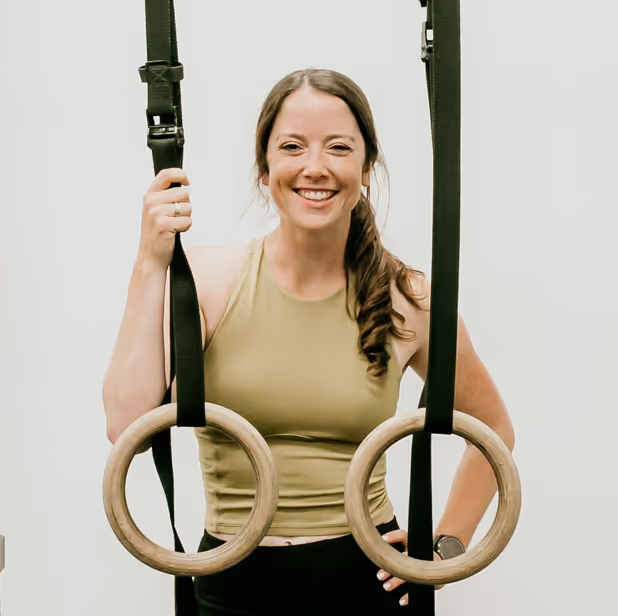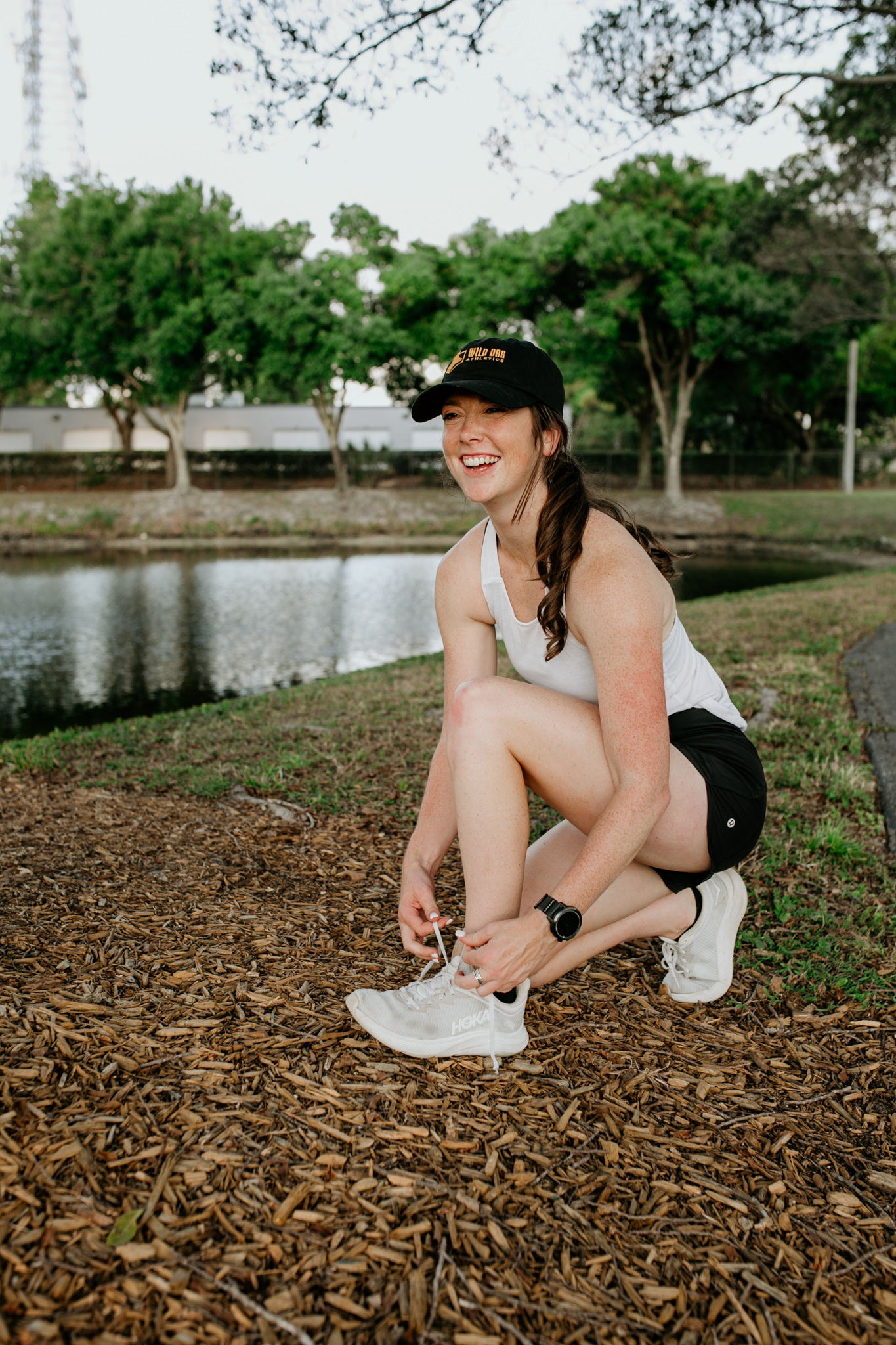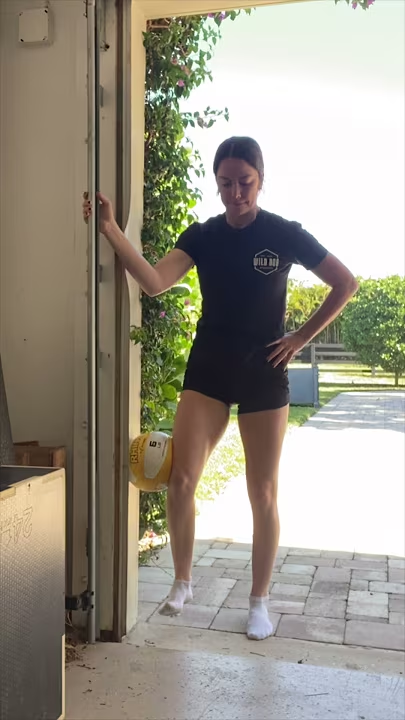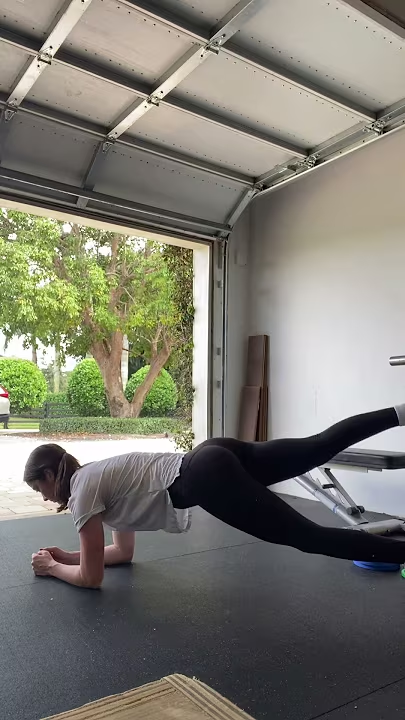Why Knee & Ankle Stability Matter for Runners
Running might look like a straightforward movement, but every stride is a test of balance and strength. Your knees and ankles are the first to absorb impact and handle uneven terrain — and when the stabilizing muscles around them are weak, small inefficiencies can snowball into discomfort or injury.
As a 12x ultramarathoner and online running coach, I’ve learned firsthand that stability work isn’t optional — it’s a performance enhancer and an injury-prevention tool.
The Superset That Strengthens Your Weak Links
During a recent long run through uneven, divoted grass, I noticed the subtle fatigue building around my knees and ankles. The variability of terrain — from packed dirt to soft sand — reminded me how crucial balance and control are over the long haul.
That run inspired this simple, effective superset that targets small stabilizers without adding unnecessary strain:
The Stability Superset
- Lateral Lunge to Balance Pad — Builds knee stability and trains your body to stay aligned through movement.
- Single-Leg RDL on Balance Pad — Strengthens the ankles and improves balance while developing glute and hamstring control.
If you don’t have one, a balance pad is one of the best investments you can make as a runner. It’s inexpensive, easy to store, and highly effective for improving proprioception, ankle stability, and coordination.
How Stability Training Fits Into Marathon Prep
My next race is a 100-mile ultra on Florida trails — flat, but varied in terrain. To handle the shifting surfaces and fatigue that come with that, my current phase of training is about durability, not just mileage.
Runners often underestimate how much stability work contributes to endurance performance. When your body can handle instability — mud, sand, uneven ground — you spend less energy correcting form and more energy moving forward efficiently.
If your marathon (or trail race) is approaching, incorporating strength training for runners can make a dramatic difference in how your body feels late in the race.
Marathon Training on Limited Time
A question I get often: “Can I really train for a marathon if I only have time to run three days a week?”
Absolutely. I’ve coached many runners to marathon and even 50K finishes on a three-day-per-week running schedule. The key is intentional training — maximizing every mile and pairing it with strength sessions that fill the gaps.
Running fewer days a week doesn’t mean less progress — it means smarter progress. By prioritizing targeted runs (long run, speed or hill session, tempo or easy aerobic run) and supplementing with strength training, you can still build a solid base without risking burnout.
For busy athletes, consistency matters more than perfection. The runners I coach who start small often surprise themselves with how quickly they adapt — soon running more not because they “have to,” but because they want to.
The Purpose of Every Training Season
Every training phase has a purpose. Sometimes the goal is volume and intensity; other times it’s recovery and refinement. Knowing which season you’re in helps you train with confidence instead of anxiety.
This season, my focus is on controlled intensity, healthy volume, and muscle endurance. My accessories are all about prehab and stability — the quiet work that keeps me strong, functional, and ready to handle whatever the trail throws my way.
It’s easy to chase more — more miles, more effort, more everything — but true progress comes from doing the right work at the right time.
Work With a Running Coach Who Gets It
You don’t need to overhaul your life to chase your next running goal — you just need a plan that meets you where you are.
If you’re ready to train for your first marathon, build knee and ankle strength, or simply feel better while running, I’d love to help.
📅 Train with Abby through Online Running Coaching »
💪 Explore Strength Training for Runners »
🐕 Meet More Wild Dog Runners »





